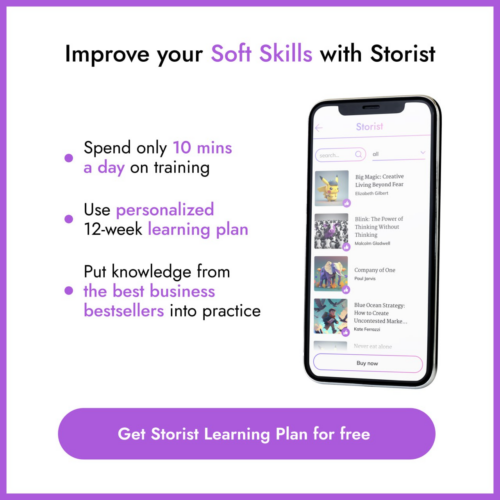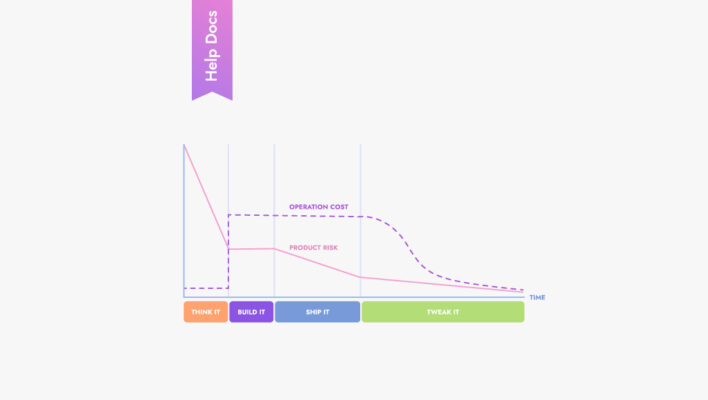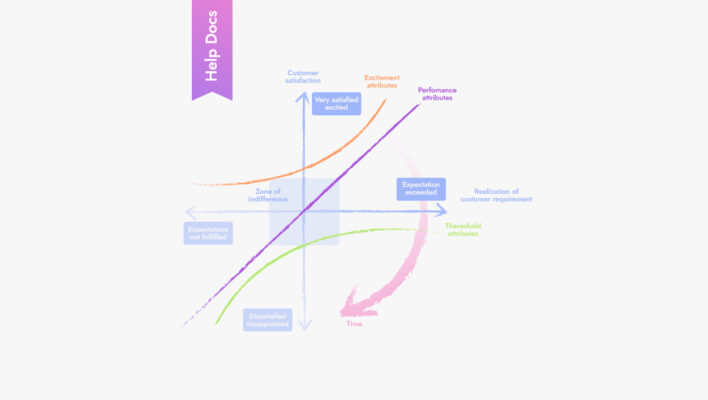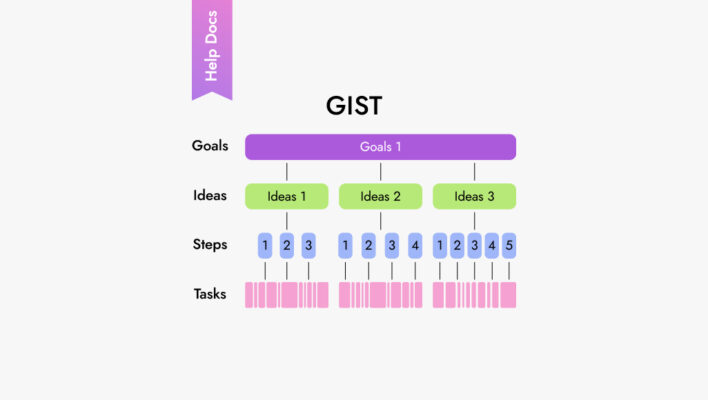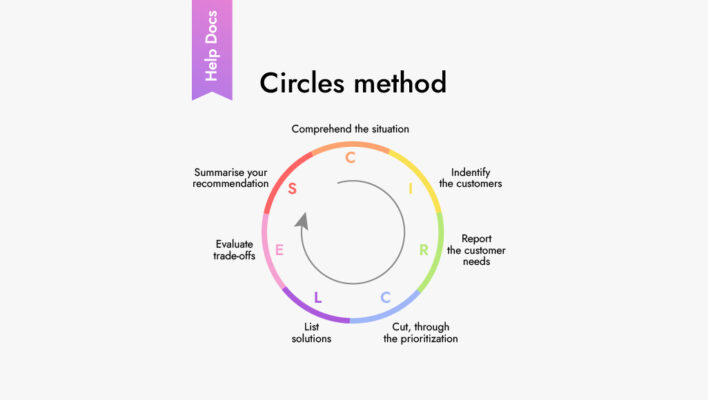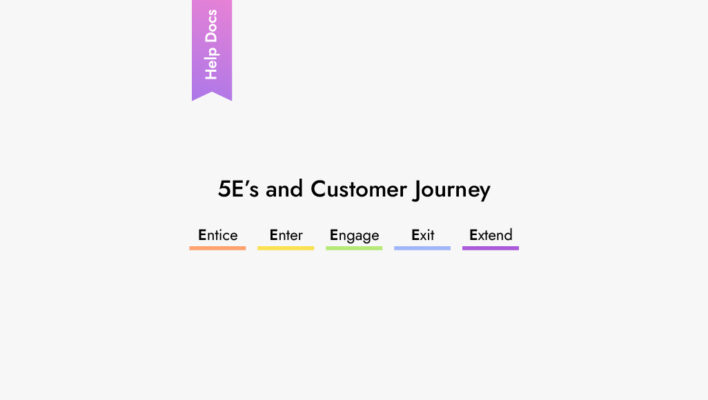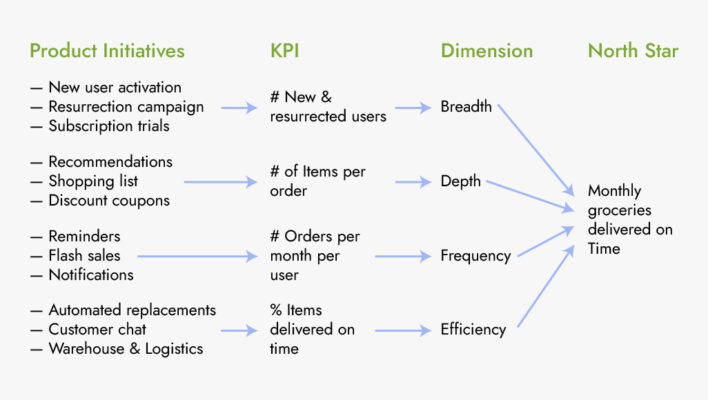JTBD theory on how to introduce a successful and in-demand product to the market
The Jobs-to-be-Done (JTBD) theory is a customer-centric framework focused on understanding customers’ motivations that influence the buying process.
The Jobs-to-be-Done (JTBD) framework was pioneered by Clayton Christensen, a renowned Harvard Business School professor and author. Christensen introduced the concept in his book “The Innovator’s Solution” and further developed it in subsequent publications. The JTBD theory focuses on understanding customers’ needs and motives, emphasizing that people “hire” products or services to get a job done. It shifts the perspective from features and demographics to the progress customers seek and the desired results they aim to achieve.
“If we understand the job the customer is trying to do and develop a product that nails the job perfectly, then the probability that your innovation will be successful is improved in dramatic ways,” Christensen says.
This framework has gained significant popularity among product developers and marketers for its customer-centric approach and ability to drive successful innovation and market disruption.
The Job to be done framework can be applied in product development, marketing, and customer segmentation when trying to understand and address customers’ underlying motivations and desired outcomes. It is invaluable for competitive analysis, business strategy, user experience design, market research, and new market entry, enabling organizations to align their efforts with customer needs and drive successful innovation.

How to use it
The JTBD framework involves a systematic approach to understanding customer needs and developing products and services addressing those needs. Here are the key steps to applying the theory of consumer action effectively:
- Identify the job-to-be-done: Start by clearly defining the job that customers are trying to accomplish or the problem they want to solve. Focus on the underlying motivation rather than specific solutions. For example, if the job is “stay connected with loved ones,” it can be fulfilled through various means such as social network platforms like Facebook or Instagram, messaging apps like WhatsApp, regular phone communications, or even meetings in person. The key is to picture the customers’ desired outcome of staying connected and provide solutions that address this underlying motivation, regardless of the specific technology or platform used.
- Conduct customer research: Engage in thorough customer research to gain insights into customers’ behaviors, motivations, and pain points related to the job-to-be-done. Use methods such as interviews, surveys, and observational studies to understand their current approaches and challenges.
When conducting interviews, ask questions like “Can you describe a typical scenario when you try to [job-to-be-done]?” or “What frustrations or difficulties do you encounter when attempting to [job-to-be-done]?” These open-ended questions encourage customers to share their experiences and provide deeper insights into their underlying
motivations, desires, and unmet needs.
Additionally, consider using surveys to gather quantitative data on customer preferences, satisfaction levels, and usage patterns, while observational studies can help you witness how customers currently fulfill the job-to-be-done in real-life situations, providing valuable context for your product development process.

- Define customer segments: Analyze the research data to identify common patterns and define distinct customer segments based on their shared needs, goals, and characteristics. This segmentation helps adjusting your products or services to specific groups effectively.
- Develop a value proposition: Craft a compelling value proposition that clearly articulates how your product or service solves the customers’ job-to-be-done better than existing alternatives. Communicate the unique benefits and advantages customers will experience by choosing your option.
- Prototype and iterate: Create a prototype or minimum viable product (MVP) that aligns with the identified job-to-be-done and addresses the needs of the target customer segment. Test the prototype with potential customers, gather feedback, and iterate on the design and features to better meet their expectations.

- Positioning and messaging: Develop a positioning strategy that effectively communicates the value proposition and resonates with the target customer segment. Create clear and concise messaging that highlights the benefits, outcomes, and emotional appeal of your product in addressing the job-to-be-done.
- Go-to-market strategy: Determine the most suitable channels, pricing, distribution, and marketing strategies to reach and engage your target customers. Leverage market research, competitive analysis, and customer insights to inform your decision-making process and maximize the product’s visibility and adoption.
- Launch and track results: Execute your go-to-market plan, monitor the product’s performance, and gather data on customer adoption, satisfaction, and usage. Continuously evaluate the success of your product by tracking key performance indicators and iterate based on customer feedback and market dynamics.
- Ongoing improvement: Stay engaged with your customers, gather feedback, and analyze usage data in order to identify opportunities for improvement and new feature developments that can improve their life situation. Continuously refine the product to serve the job-to-be-done better, maintaining a competitive edge, fostering long-term customer loyalty, and ultimately contributing to an improved overall customer experience.
By following these steps, you can effectively apply the Jobs-to-be-Done framework to understand customer needs, develop solutions that address those needs, and create successful and in-demand products or services in the market.
Example 1
Let’s consider the example of a company developing a new smart home security system. Here’s how they could apply the JTBD theory in adopting this new product:
- Identify the core job. The company recognizes that the core job-to-be-done for customers in this case is to “keep their homes safe and secure” while minimizing the complexity and inconvenience often associated with traditional security systems.
- Conduct customer research: The company conducts in-depth customer research, including interviews and surveys, in order to understand customers’ current behaviors, pain points, and desired outcomes regarding home security. They uncover challenges such as difficulty in installation, false alarms, and lack of remote monitoring capabilities.
- Define customer segments: Based on the research, the company identifies distinct customer segments, such as busy working professionals, families with children, and elderly homeowners, each with specific needs and preferences regarding home security.
- Develop a value proposition: Using the JTBD framework, the company develops a value proposition that emphasizes their smart home security system’s ability to provide reliable and hassle-free security, easy installation and integration with existing devices, remote monitoring, and customizable features to meet the unique needs of each customer segment.
- Prototype and iterate: The company creates a prototype of the smart home security system, incorporating the identified features and addressing the pain points expressed by customers. They conduct user testing sessions, gather feedback, and iterate on the product design to ensure it aligns with customers’ needs and expectations.
- Positioning and messaging: The company crafts positioning and messaging that highlights the convenience, comfort, and personalized security experience offered by their smart home security system. They emphasize the system’s ability to seamlessly integrate into customers’ lifestyles, provide easy control via mobile devices, and deliver real-time alerts and notifications.
- Go-to-market strategy: Identifying the target customer segments and determining the most effective channels to reach them, such as online platforms, home improvement stores, and partnerships with security service providers. Establishing pricing, distribution strategies, and marketing campaigns that resonate with the identified segments’ preferences and pain points.
- Launch and track results: The company launches the smart home security system and closely monitors customer adoption, satisfaction, and usage patterns. They collect data on customer feedback, system performance, and market dynamics to evaluate the success of the product and make iterative improvements as needed.
- Ongoing improvement: Remaining engaged with customers, collecting feedback on their experiences, and using data analytics to identify opportunities for further improvements. Continuously iterating on the product, introducing new features and services that better serve the customers’ evolving needs and the job-to-be-done of keeping homes safe and secure.
Example 2
Nike is a prime example of how the Jobs-to-be-Done (JTBD) theory can be applied to serve the needs of runners. By understanding the core JTBD for runners, Nike has developed products and experiences catering to their customers’ desired outcomes.
Nike conducts extensive customer research in order to gain insights into runners’ motivations, pain points, and goals. They recognize that runners seek to improve their performance, stay motivated, and feel comfortable during their distances. These insights guide Nike’s product development to create innovative solutions that address these needs.
Nike focuses on delivering performance, comfort, and support through their running shoe line. They leverage advanced technologies, such as responsive cushioning, lightweight materials, and supportive designs, to enhance the running experience and help runners achieve their goals.
Additionally, Nike offers digital solutions like the Nike Run Club app, which provides personalized training plans, tracking capabilities, and a supportive community. This addresses runners’ desire for motivation, goal-setting, and progress tracking, allowing them to stay engaged and connected to their running journey.
By embracing the power of the JTBD theory, the company gains the ability to develop a product or service that not only meets customers’ specific needs and pain points but also finds out about their deepest motivations. This customer-centric approach significantly enhances the chances of creating a solution that resonates with customers, stimulating high usage rates and creating a strong demand for the product in the market.
